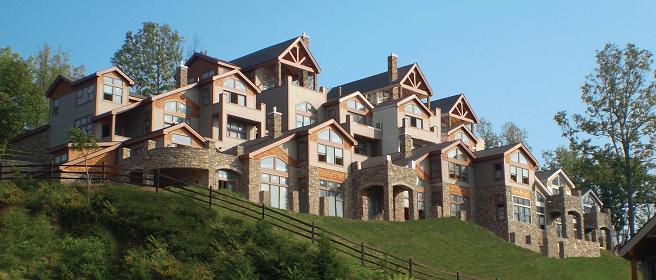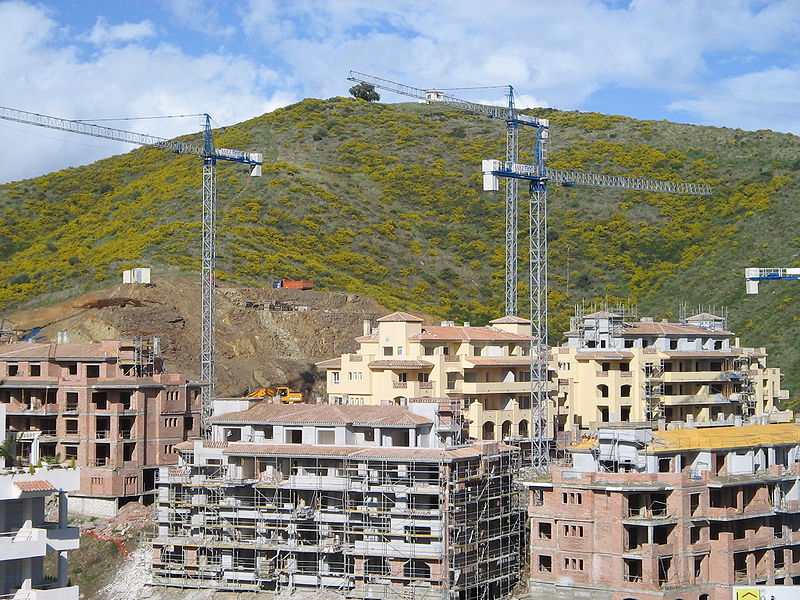Private wealth is increasingly shaping the world’s real estate markets and the use of private equity in major property deals worth at least US$10 million has nearly trebled since 2009. Real estate now accounts for around a fifth of the invested wealth of the nearly 200,000 ultra high net worth individuals (UHNWIs) in the world, according to new analysis from international real estate advisor, Savills, in association with Wealth-X, the world’s leading UHNW intelligence provider.
In “Around The World In Dollars And Cents”, Savills estimates that the total value of the world’s real estate is now around US$180 trillion, some 72% of which is owner occupied residential property. Of the US$70 trillion that is ‘investable’ and therefore traded regularly – including US$20 trillion of commercial property – over half is being bought by private individuals, companies and organisations. Investing institutions, listed companies and publicly owned entities are becoming relatively less important to world real estate as a result.
Around 3%, or US$5.3 trillion, of the world’s total real estate value is owned by UHNWIs. This wealthiest 0.003% of the world’s population has real estate holdings which are worth an average of US$26.5 million each.
“Global real estate is mostly residential and held by occupiers, but private owners are becoming more important in the world of traded investable property,” says Yolande Barnes, head of Savills world research. “Since the ‘North Atlantic debt crisis’ of 2008, sovereign wealth funds, wealth management companies, private banks and family offices have stepped into the property deals that corporate bankers have deserted.
She added that: “In the world’s leading cities, the willingness of private wealth to take the place of debt finance or to take a higher-risk development position is now making the difference between deals done or schemes mothballed.” Savills estimates that around 35% (or 6,200) of global big ticket (>US$10m) deals in 2012 were only possible because of private funding.
Mykolas D. Rambus, CEO of Wealth-X, confirms the growing importance of private wealth: “We forecast that the UHNW population will grow by 22% by 2018, its combined wealth – currently US$27.8 trillion – is expected to total over US$36 trillion by 2018. This presents huge opportunities for those involved in global real estate investment to create the right product in the right locations.”
The geography of UHNWI wealth
European and Asian UHNWIs hold by far the biggest share of all privately owned real estate, together accounting for almost 80% by value. European UHNWIs hold 31% of their wealth in real estate and Asians 27%, with a total value of around US$4.2 trillion, according to Savills.
The firm has also analysed the way private money moves around the real estate world and found that the majority (92%) of investments are within the ‘home’ global region. North America stands out as uniquely domestic, with American UHNWIs placing 99% of their real estate investments within their own country.
Meanwhile, mature and emerging nations have seen much more cross-border inward investment. Just under half (44%) of UHNWI investors in Africa and two-thirds (66%) in Latin America are from outside the home region.
European real estate markets are the largest and most international, having attracted the most global inward investment, relative to size, with London the standout global destination for private inward real estate investment from virtually every corner of the globe.
“In recent years there has been a tendency for UHNWIs to focus on ‘safe haven’, trophy properties for capital growth and wealth preservation”, says Barnes. “In future, we anticipate that some will begin to seek more productive, long-term income-producing positions. “UHNWIs will be competing more directly with institutional investors in future but, being more opportunistic and less constrained by formal criteria, are more likely to become pathfinders and pioneers than corporate investors are.”




 For Fórmate a Fondo
For Fórmate a Fondo